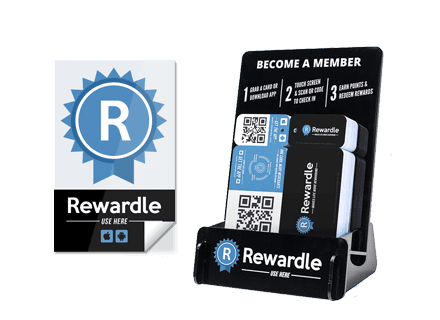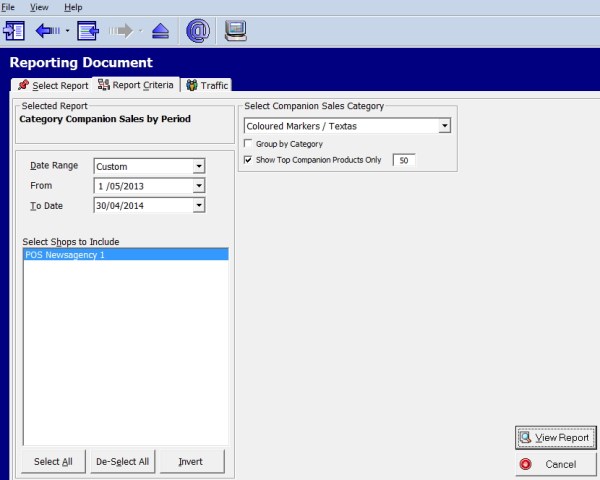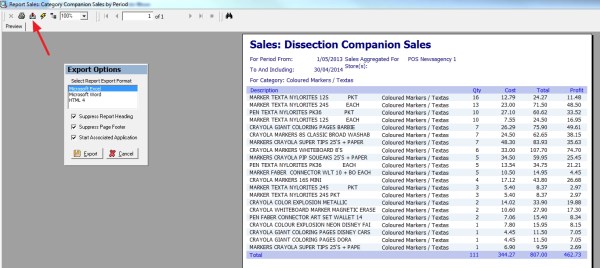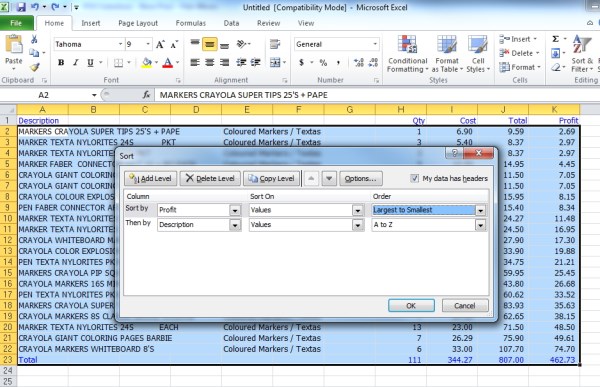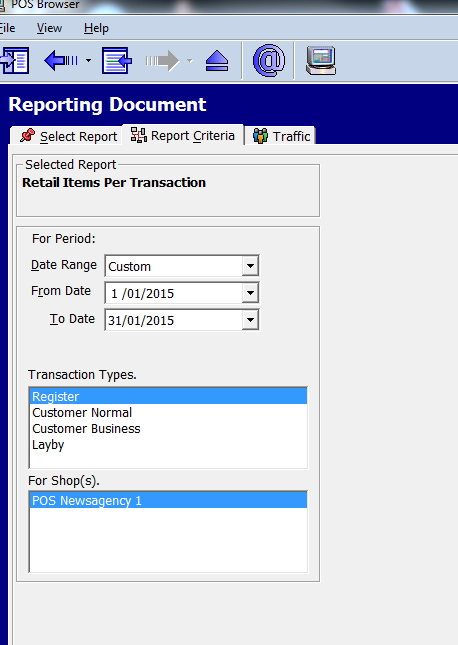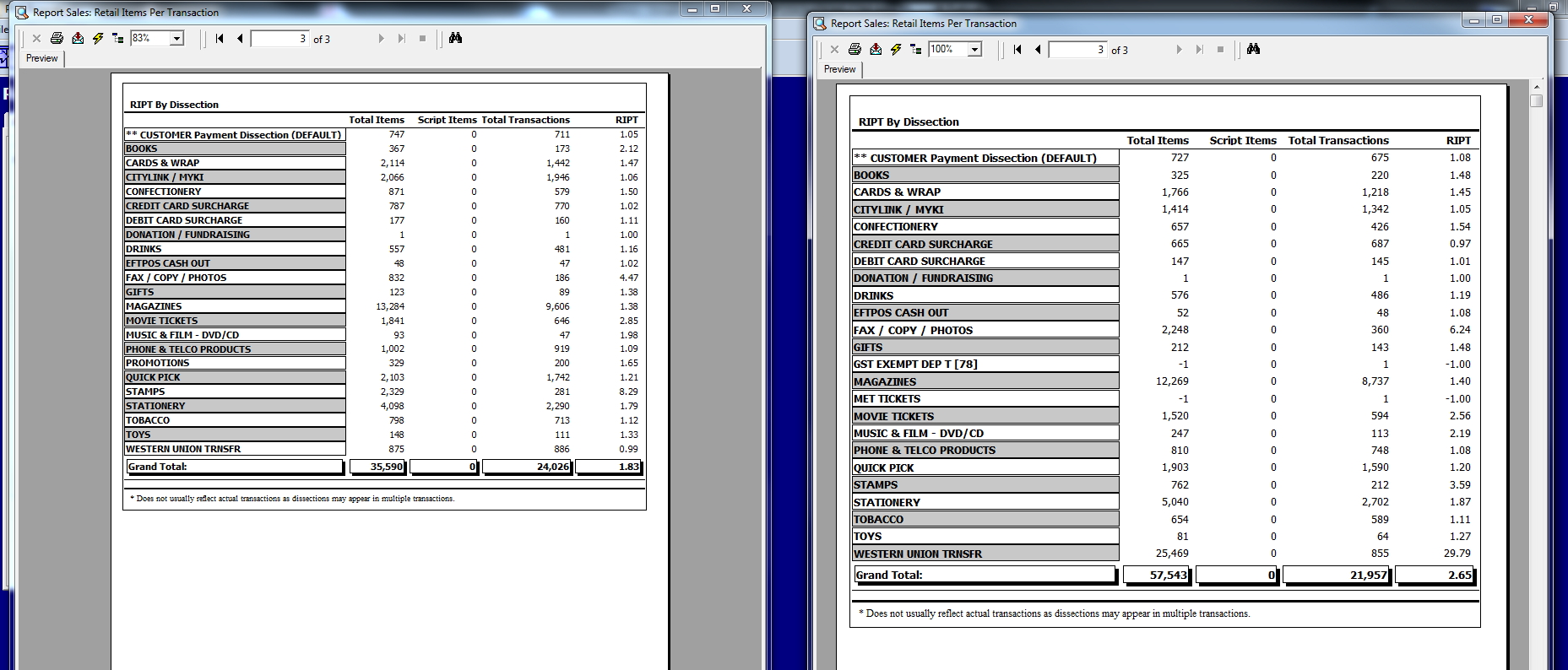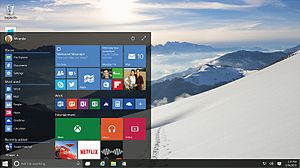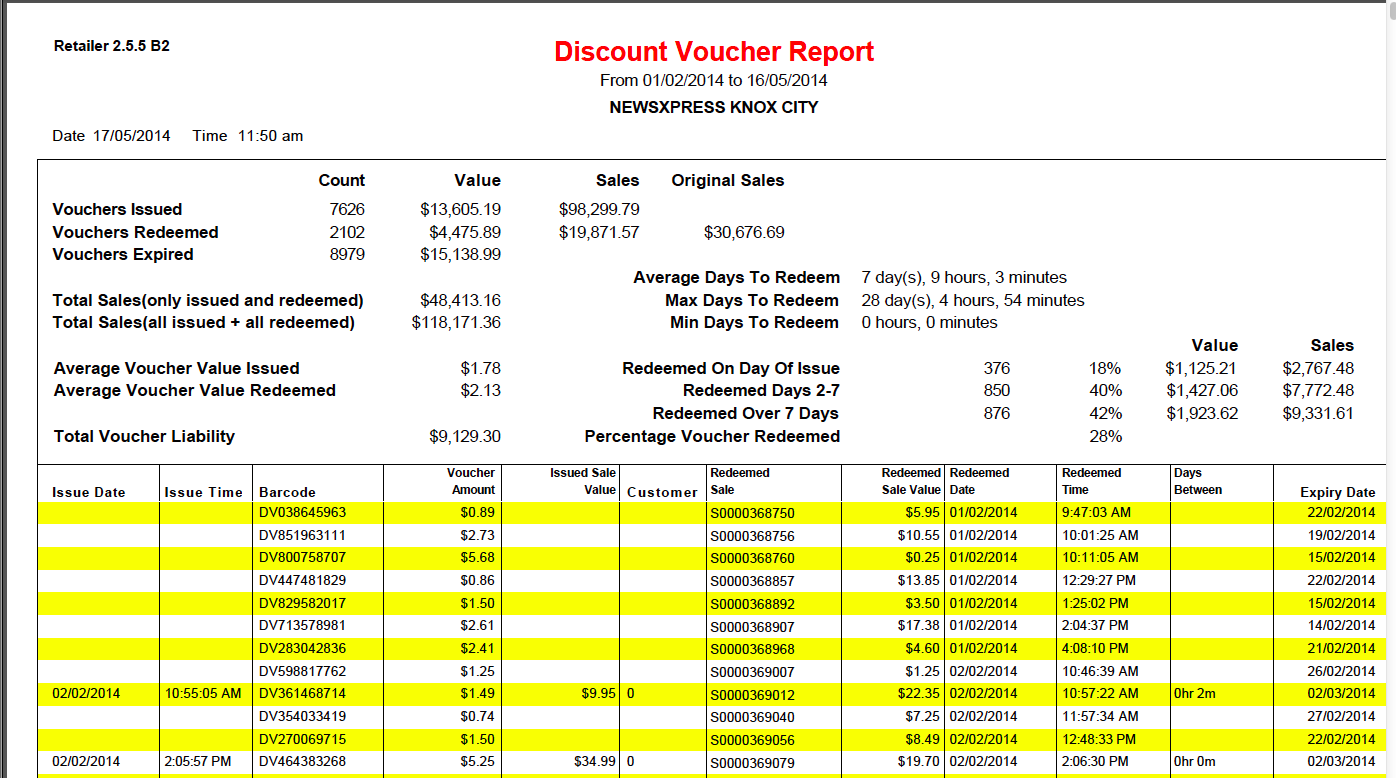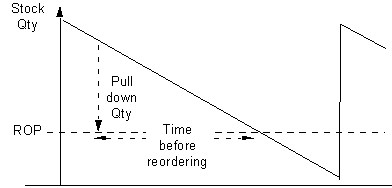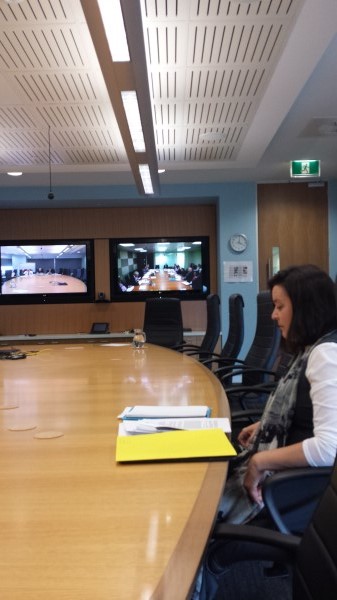EFTpos interchange fees
The reserve bank's review of card payments is quite interesting reading; you can read it here.
It is a long report, but one section I think is well worth reading is titled Ïssues for the Review," which you can read here.The facts are that since the introduction of interchange fees, although the rate on standard cards has fallen, the rates on premium cards have gone up.
These rates are now averaging about .5%, which is much higher than many countries like in Europe.
Premium cards make up about 30% of the market, and as the report states
Based on the hierarchy of interchange rates, the cost of the high interchange rates for consumer premium and commercial cards falls entirely on small merchants and other merchants that do not benefit from special rates.
The report also says that it is worth quoting in full.
The Bank estimates that the average credit card interchange rate for non-preferred merchants (i.e. those not benefiting from strategic or other preferential rates) was more than 50 basis points higher than the interchange rate applying to preferred merchants in the December quarter of 2014. For MasterCard and Visa debit cards, the average interchange rate paid by the non-preferred group of merchants is estimated to have been around 12 cents per transaction higher than the rate applying to the preferred group. These differences in interchange rates have a corresponding effect on the merchant service fees faced by the two groups which is in addition to the higher margin that acquiring banks would normally apply to small merchants relative to large merchants. For both debit and credit cards, the tendency has been for the differences in interchange fees applying to the two groups to have widened significantly since merchant specific rates were first introduced.
That why I was happy to read this release from tyro titled "Reserve Bank to save the poor $500m in bank fees." The $500 million is the difference between 0.5%, which is in Australia and 0.3%, which is in Europe now.
It makes interesting reading too, apparently the fees for small business for cards are up to ten times higher than for the big retailers, and the gap is growing.
I hope you give tyro your support on this issue. You can read their report here. Something has to be done about this.
A report by the
Based on the hierarchy of interchange rates, the cost of the high interchange rates for consumer premium and commercial cards falls entirely on small merchants and other merchants that do not benefit from special rates.


